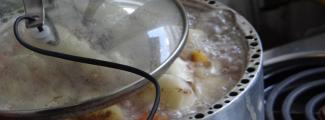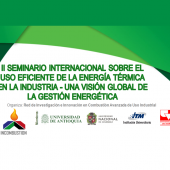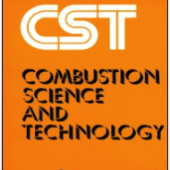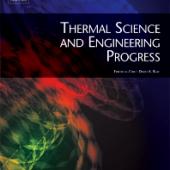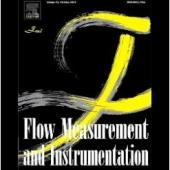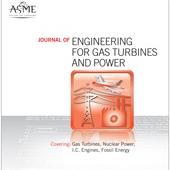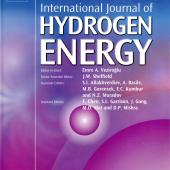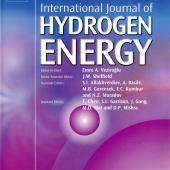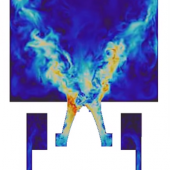II Seminario Internacional Sobre el Uso Eficiente de la Energía Térmica en la Industria
La Red Incombustion agradece a las empresas e instituciones que asistieron al Segundo seminario internacional sobre el uso eficiente de la energía térmica, para nosotros es de gran importacia matener una interacción con las empresas e instituciones que componen el ecosistema de la gestion y uso eficente de la energía en la industria, los invitamos a que continuemos fortaleciendo lazos de cooperación para impactar cada vez más con en estos temas








